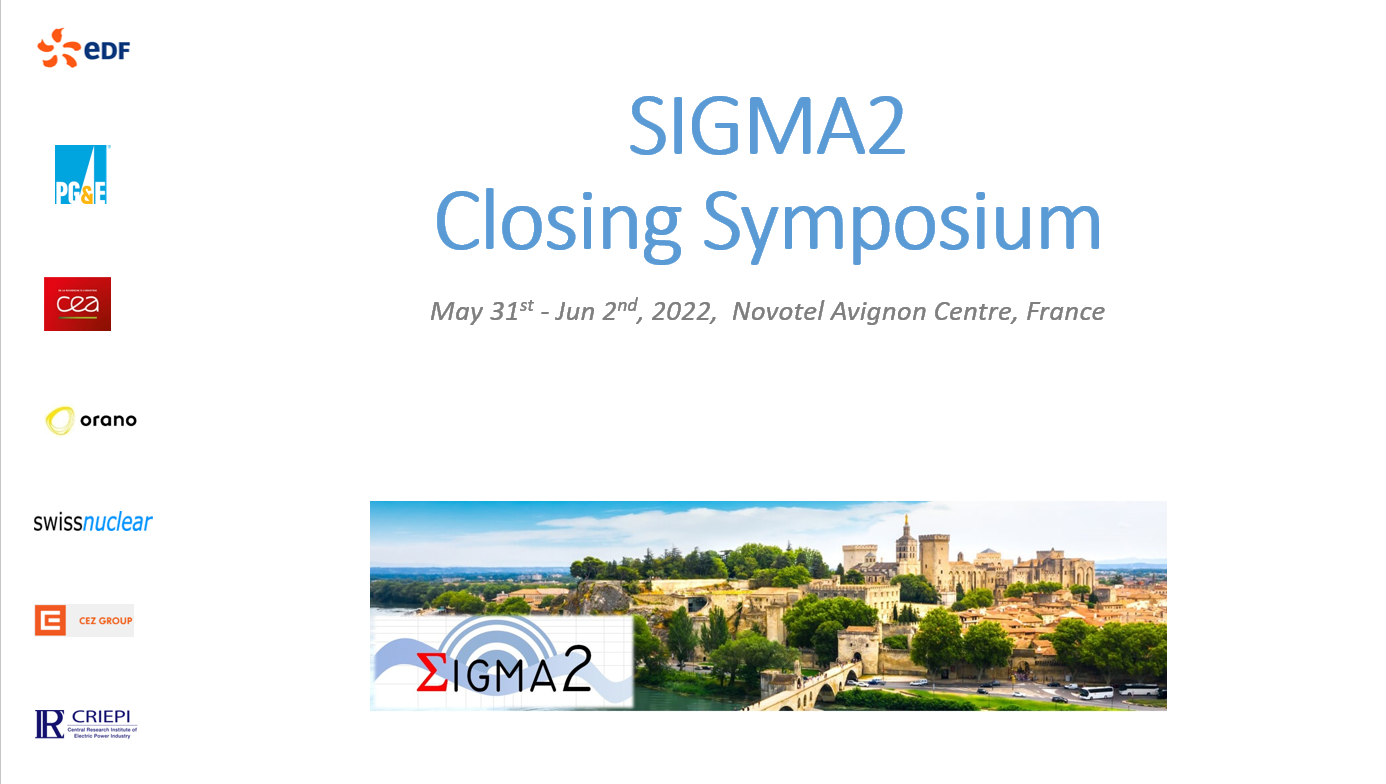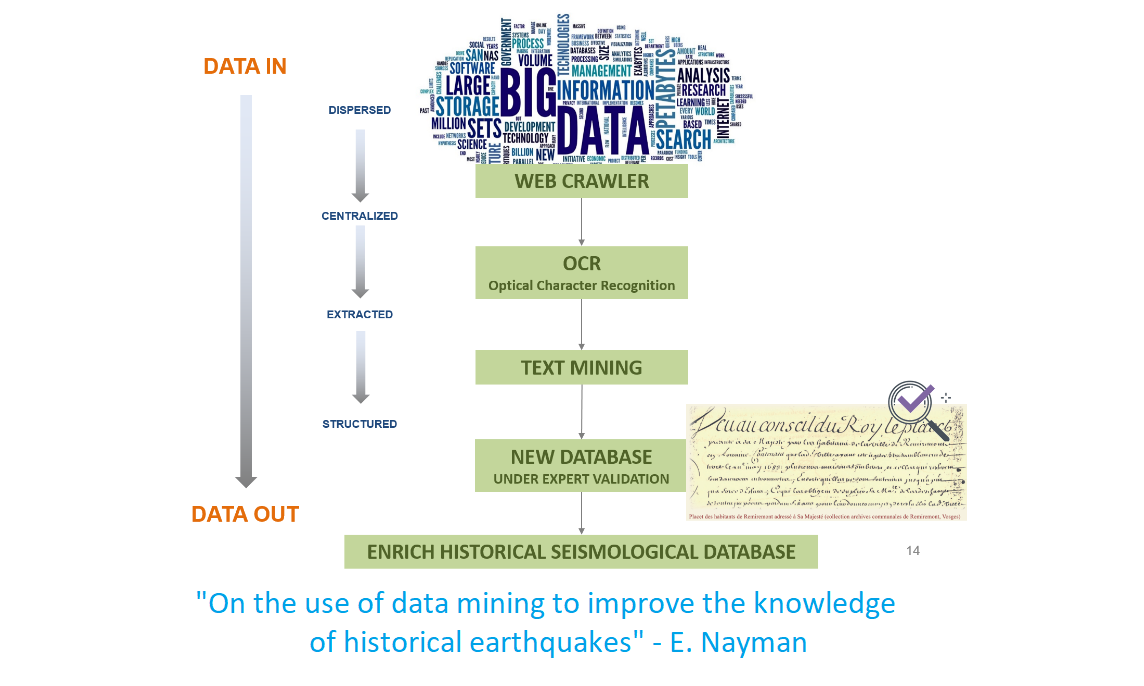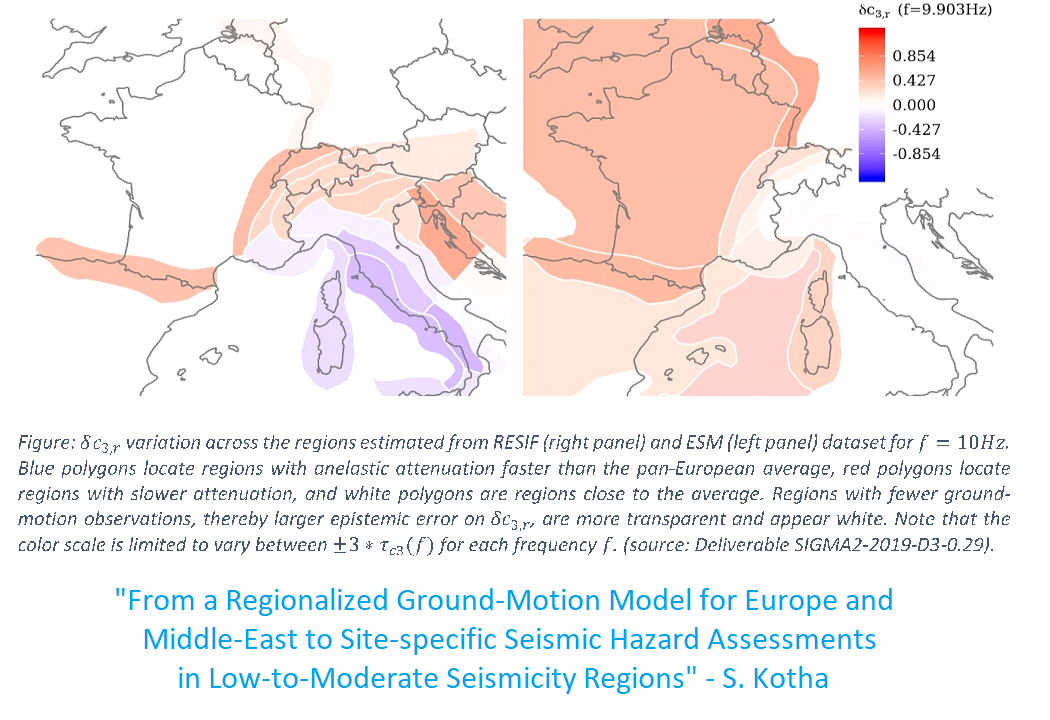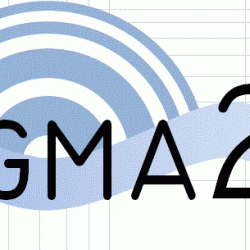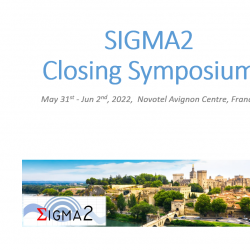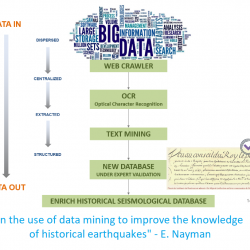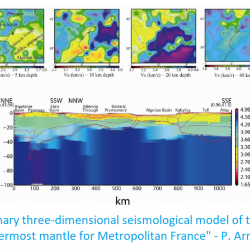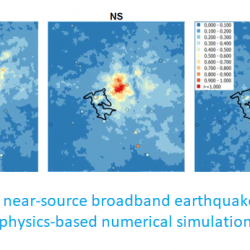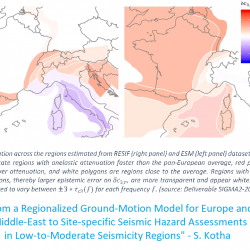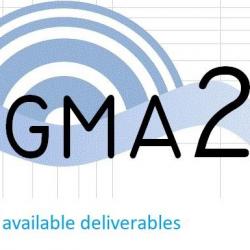Action 3.3.4: Generalized Inversions Techniques of ground motion (GIT) benchmarking (“GITEC project”)
Motivation:
- Generalized inversion techniques (GIT) have become popular techniques for determining ground motion parameters (source, attenuation, and site), particularly in low-to-moderate seismicity regions. Indeed, it has been shown that GIT can potentially provide reliable site response estimates, even at sites where few recordings are available, as well as valuable information about source features (magnitudes, corner frequencies, stress drops…) and regional attenuation characteristics.
- Recent advances have been made in GIT, different approaches and alternative basic hypothesis are followed by different research groups, such as the application of “non-parametric” (e.g. Bindi et al., 2017) and “parametric” (e.g. Drouet et al., 2010) inversion schemes. In this context, some scientific questions rise: depending on the final scope of GIT, what can be the optimal dataset configuration and the best inversion strategy? What is the impact of the different assumptions and implementations on the reliability of the results? What is the dependence of the results on the chosen reference conditions? How to quantify epistemic uncertainties?
Main objective:
The aim of this research task is to better understand how to use the GIT schemes in different applications. The objective will be fulfilled by performing a methodological benchmark of different generalized spectral inversion methods and dataset configurations. The benchmark will be run as a project open to worldwide volunteer teams: the GITEC (Generalized Inversion TEchniques Comparisons) project.
Program of research
The following real datasets are provided to the participants of the GITEC project:
- One relatively dense national dataset from Japan;
- A very dense local dataset from central Italy;
- A sparse dataset from France.
In addition, few synthetic datasets are also provided to the participants to ensure the control on the inversions.
The participating groups will perform GIT on all the provided datasets following different strategies and hypothesis. The results will be shared and discussed during workshops, at the end of which conclusions and recommendations will be drawn. GITEC will also allow to address the question of the epistemic uncertainties associated to inverted parameters, related to the chosen inversion strategy.
The timeline of GITEC project is illustrated in figure 1
Figure 1. GITEC project main phases.
At the end of the project open the access to the used datasets and results will be provided, in order to allow further code validation and comparisons.
Organization:
- Type: Benchmark project based on volunteer basis (1 year)
- Collaboration: Organizing team composed of GFZ, ISTerre, CEA, EDF and participant teams worldwide
- Status: In progress (currently in the Data Preparation and Discussion phase; computations are planned to start end of May 2018).
References
Bindi, D., Spallarossa, D., & Pacor, F. (2017). Between-event and between-station variability observed in the Fourier and response spectra domains: comparison with seismological models. Geophysical Journal International, 210(2), 1092-1104.
Drouet, S., Cotton, F., & Guéguen, P. (2010). VS30, κ, regional attenuation and Mw from accelerograms: Application to magnitude 3–5 French earthquakes. Geophysical Journal International, 182(2), 880-898.

